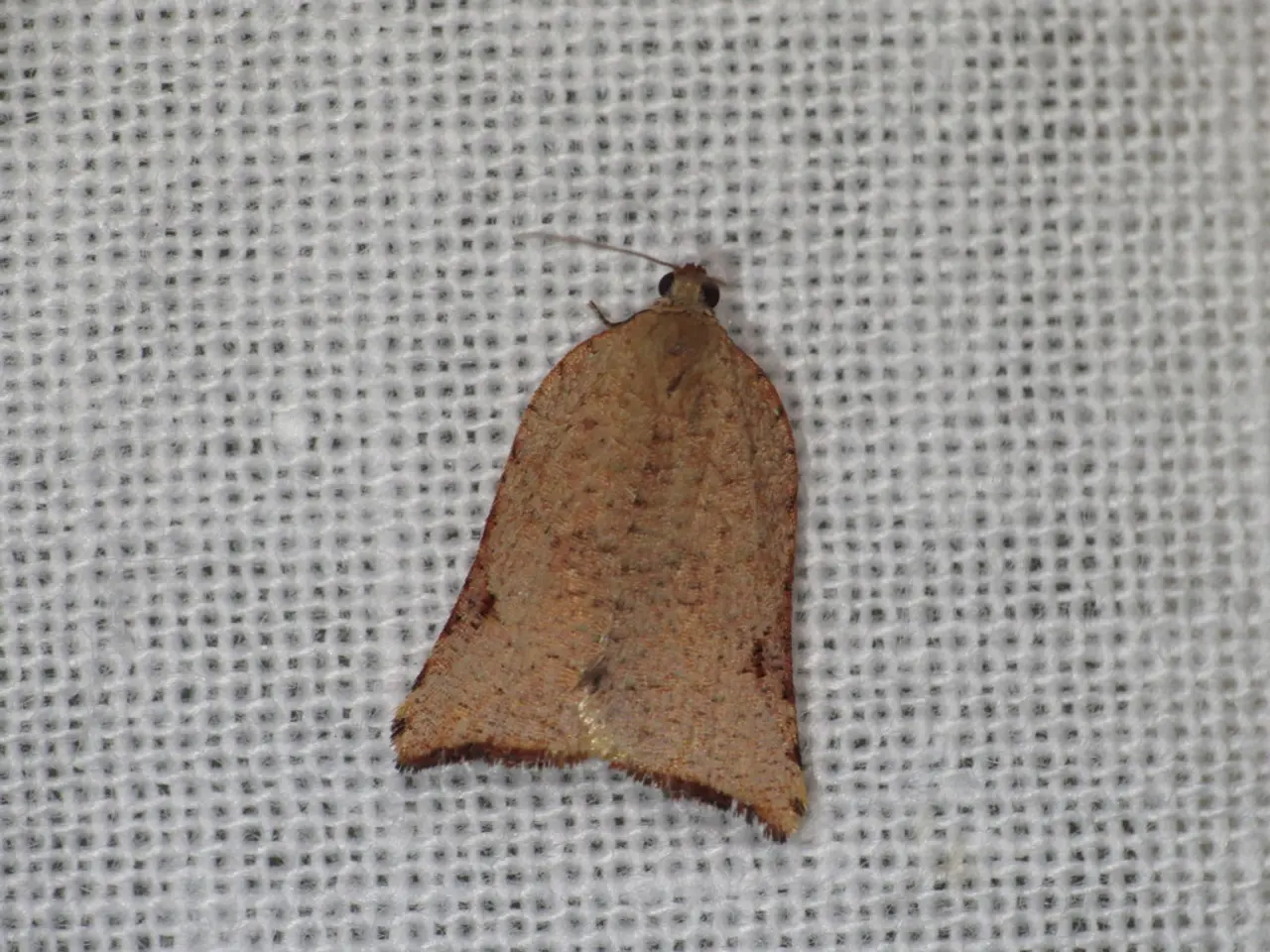FAA Proposes New Rule to Expand Drone Use Beyond Visual Line of Sight
The Federal Aviation Administration (FAA) has proposed a new rule, Part 108, to allow drones to fly beyond visual line of sight (BVLOS) in US airspace. The National Business Aviation Association (NBAA) and the Vertical Aviation Institute (VAI) have submitted comments, advocating for a 'safety first' approach. The public comment period ended on October 6, 2025.
The proposed Part 108 regulation would enable certain low-altitude BVLOS operations without individual waivers or exemptions, potentially transforming drone use in package delivery, infrastructure inspection, agriculture, and public safety missions. The NBAA highlighted the need for 'electronic conspicuity' to ensure safe separation between drones and crewed aircraft. The Association for Uncrewed Vehicle Systems International (AUVSI) welcomed the proposed rule, urging the FAA to finalize it swiftly. However, the Aircraft Owners and Pilots Association (AOPA) opposed proposed right-of-way changes that could disadvantage general aviation aircraft not equipped with ADS-B or other approved position-sharing systems. The FAA denied requests to extend the 60-day comment period due to a White House executive order requiring a final BVLOS rule within 240 days. The FAA and TSA will now review thousands of submissions and aim to issue a final regulation by early 2026, balancing innovation and safety as drones and other new aircraft types integrate into US airspace.
The FAA's proposed Part 108 rule, if adopted, would significantly expand uncrewed aircraft regulations, potentially revolutionizing drone use in various industries. Stakeholders have submitted comments, and the FAA will now work towards issuing a final regulation by early 2026, prioritizing safety and innovation.
Read also:
- Web3 social arcade extends Pixelverse's tap-to-earn feature beyond Telegram to Base and Farcaster platforms.
- Over 5,600 Road Safety Violations Caught in Manchester Trial
- Quintauris & Everspin Team Up to Boost RISC-V Reliability in Automotive
- Jaguar Land Rover Resumes Production After Cyberattack, UK Govt & Banks Provide £3.5B Support








